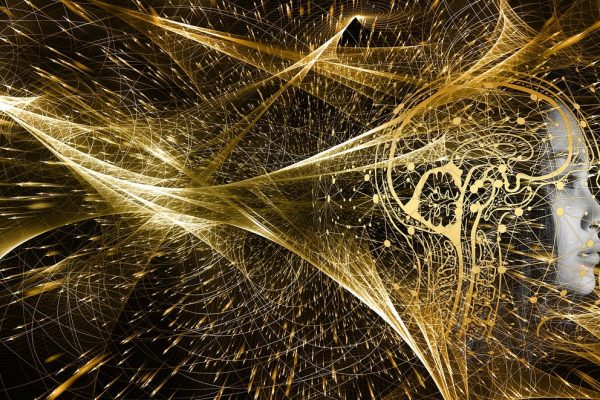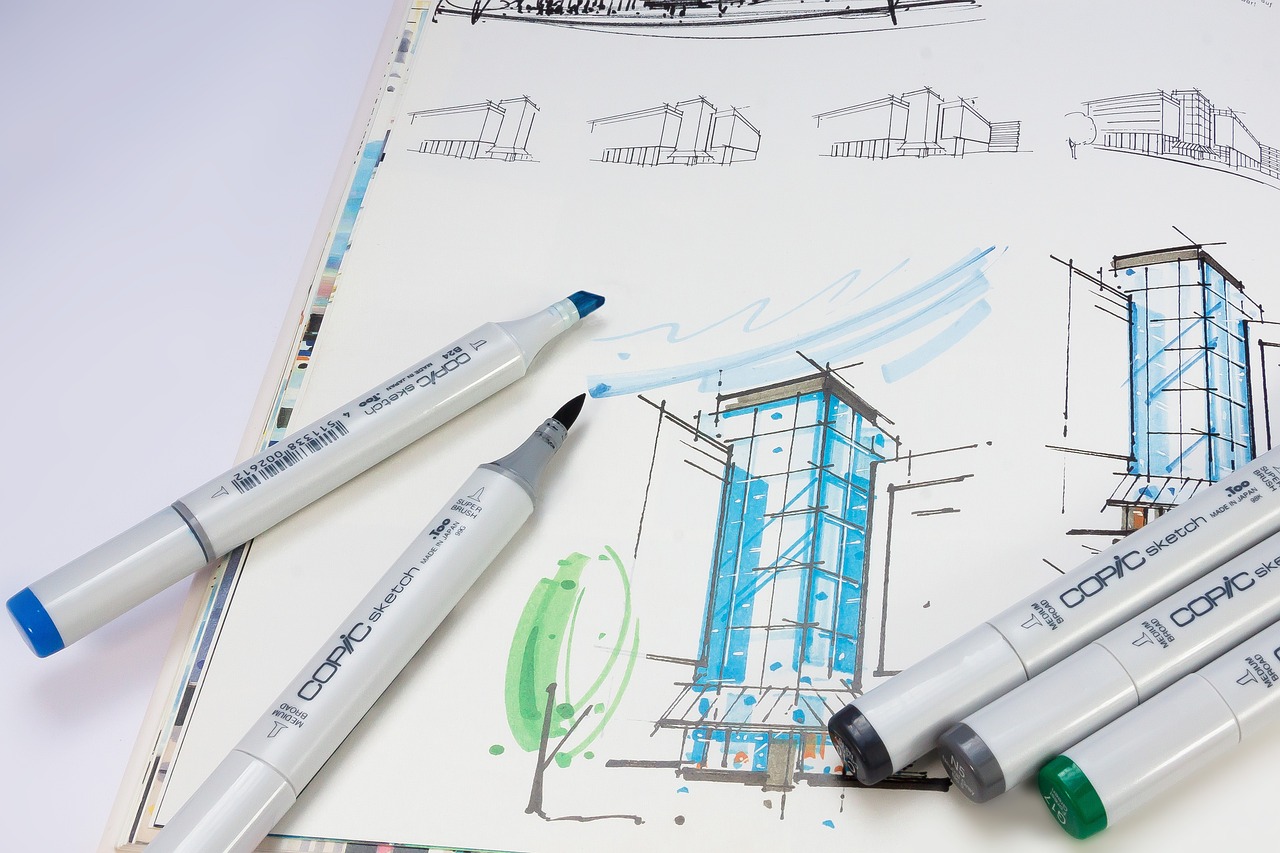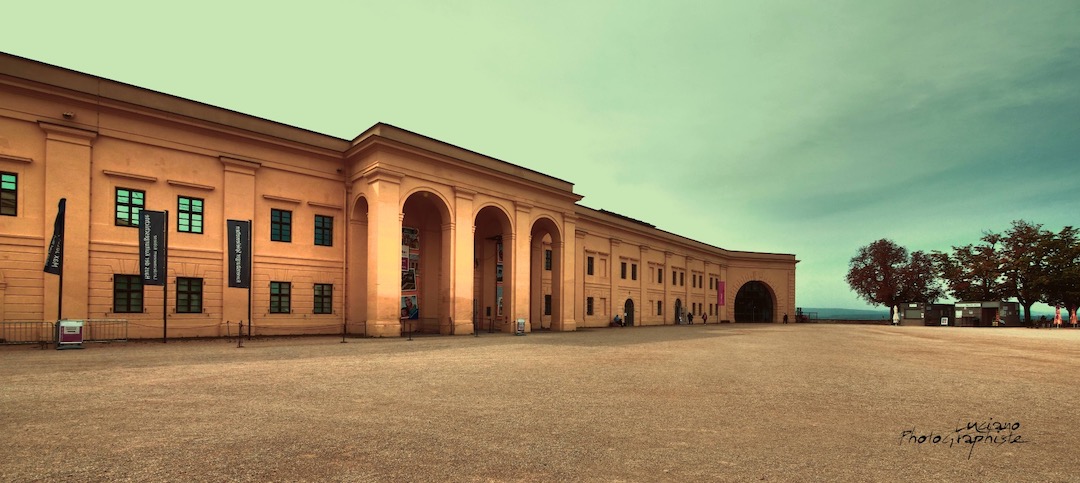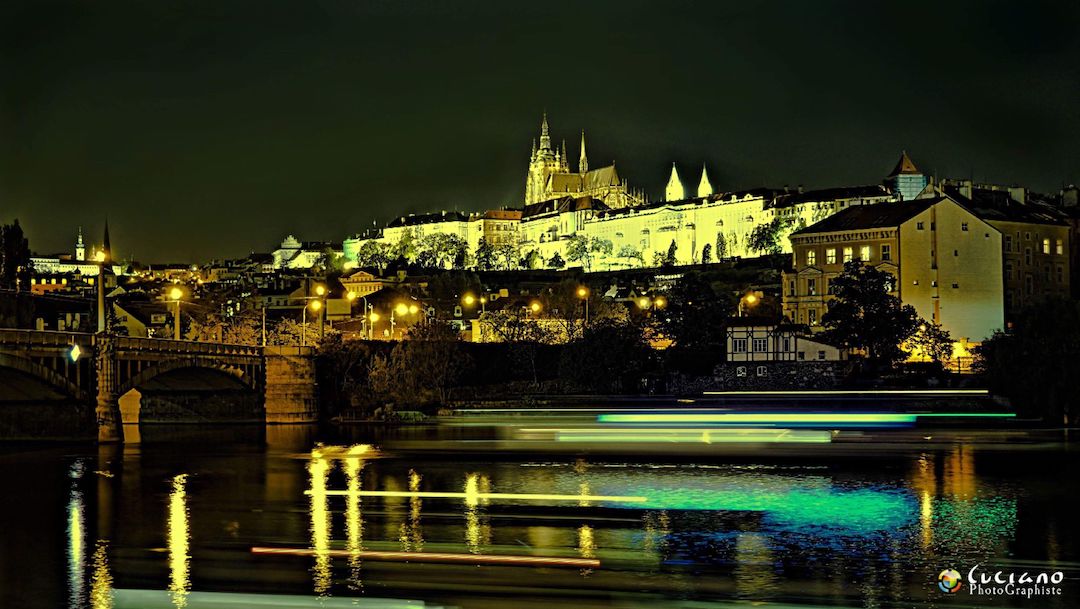Transforming visions into reality.
"Welcome to my world of tailored solutions and innovation. I am specialize in a spectrum of services designed to elevate your experience.
Let me transform your vision into reality, delivering unparalleled quality and results that exceed expectations." ~ Luciano PhotoGraphiste
Photography

About...
Photography is a symphony of elements that merge to craft captivating images. Among these, colors play a pivotal role, evoking emotions and setting the mood. They paint narratives and stir feelings that words often struggle to express. Understanding the technical aspects like levels, ISO, aperture, and white balance is akin to wielding a painter's palette, allowing photographers to orchestrate these hues and tones with finesse.
ISO, one of the fundamental components, determines the camera sensor's sensitivity to light. A lower ISO, such as 100 or 200, is ideal for brightly lit scenes, preserving image quality and reducing graininess. In contrast, higher ISO settings, like 800 or above, are employed in low-light conditions but may introduce noise.
Aperture
Aperture, measured in f-stops, regulates the amount of light entering the camera. It not only influences exposure but also impacts depth of field—the range of sharpness in an image. A wide aperture (small f-number) creates a shallow depth of field, perfect for portraits where the subject stands out against a blurred background. Conversely, a narrow aperture (higher f-number) produces a greater depth of field, keeping more of the scene in focus, typical in landscape photography.
White Balance
White balance ensures accurate color representation in different lighting conditions. It adjusts the camera to perceive white as neutral, preventing images from appearing too warm (orange/yellow) or too cool (blue). Tungsten, fluorescent, daylight, and cloudy presets or custom settings can be used to attain the desired color temperature.
ISO
ISO, one of the fundamental components, determines the camera sensor's sensitivity to light. A lower ISO, such as 100 or 200, is ideal for brightly lit scenes, preserving image quality and reducing graininess. In contrast, higher ISO settings, like 800 or above, are employed in low-light conditions but may introduce noise.
Levels
Levels, though often overlooked, are crucial for adjusting contrast and brightness in an image. They control the distribution of tones from shadows to highlights. Adjusting levels helps in correcting exposure discrepancies, enhancing details, and achieving a balanced tonal range.
Colors
Colors, the heart and soul of photography, transcend technicalities. They convey mood, evoke nostalgia, and breathe life into compositions. Complementary colors create vibrancy and contrast, while monochromatic schemes evoke a sense of simplicity and elegance. Understanding color theory empowers photographers to harness these nuances to tell compelling visual stories. In essence, photography is a dance between technical mastery and artistic expression. Mastering the interplay of ISO, aperture, white balance, and levels provides the foundation for capturing the world in vibrant, evocative imagery. Yet, it's the photographer's vision, creativity, and ability to wield these tools that breathe life into each frame, transforming moments into timeless works of art...
Video Content Creation
About...
Videography is a multifaceted craft that intertwines the art of storytelling with technical prowess. It involves capturing moments in motion, shaping narratives through a lens that not only records but also interprets the world. Video editing, a vital part of the process, acts as the alchemy that transforms raw footage into a polished, cohesive story.
Tools
The tools of a videographer's trade encompass more than just a camera. Lenses play a pivotal role, offering a diverse range of perspectives and focal lengths. A wide-angle lens captures sweeping landscapes or immersive scenes, while a telephoto lens brings distant subjects into sharp focus. Each lens contributes a unique visual language to the storytelling, enabling the videographer to evoke specific emotions.
Material...
Moreover, the choice of camera and recording materials profoundly impacts the final result. High-quality cameras equipped with advanced sensors and image stabilization technology elevate the visual appeal of videos, ensuring clarity, sharpness, and smooth motion. Coupled with various recording materials such as different resolutions and frame rates, videographers can craft videos tailored to specific styles and purposes, from cinematic masterpieces to fast-paced social media content.
Video Editing...
Video editing software acts as the digital darkroom where the magic unfolds. Programs like APP, FCP, or DVR offer a plethora of tools for cutting, stitching, color grading, and adding effects. They empower editors to sculpt the footage, pacing the narrative, adjusting colors to evoke mood, and incorporating transitions to seamlessly weave scenes together. The editing process, akin to a sculptor shaping clay, refines the raw footage into a coherent, impactful story.
Results
The results of videography and video editing are a culmination of technical finesse and creative ingenuity. A well-crafted video transports viewers into a world envisioned by the videographer. It elicits emotions, captures attention, and communicates messages with visual eloquence. The end product can range from breathtaking cinematic sequences that evoke awe to concise, impactful clips designed for social media engagement. Ultimately, videography and video editing are an amalgamation of technical proficiency and artistic vision. It's the ability to wield equipment, software, and creative instincts in harmony that allows storytellers to breathe life into moving images, crafting narratives that linger in the minds and hearts of their audience long after the screen goes dark.
Graphic Design & Web Design
Graphic design and web design converge in the digital realm, shaping user experiences and visual identities. Graphic design crafts compelling visuals, blending typography, color, and imagery to communicate messages. In web design, these elements merge with user interface principles, navigation, and interactivity to create engaging websites. Website creation involves coding, layout design, and optimizing for seamless functionality, ensuring a harmonious blend of aesthetics and functionality in the online space.

The power of GD...
Graphic design is a canvas where imagination meets functionality, where colors transcend mere visuals, and symmetry breathes balance into ideas. Colors, the palette of a designer, wield the power to evoke emotions, convey messages, and shape perceptions. They’re the heartbeats of visual communication, influencing mood and triggering responses. Understanding color theory—combinations, contrasts, and harmonies—allows designers to orchestrate vibrant compositions that resonate with their audience.
Symmetry, a cornerstone of design, instills a sense of order and harmony. Whether employing symmetrical balance for a formal and structured look or asymmetry for a dynamic and playful feel, it guides the eye and imparts a sense of visual stability. Playing with symmetry in layouts, compositions, or elements within a design can evoke different emotions and create diverse visual impacts.
Ideas fuel the creative engine of graphic design. They sprout from observation, imagination, and exploration. Sketching, brainstorming, and mind-mapping are tools that help translate abstract concepts into tangible designs. The ideation process involves researching, understanding the target audience, and conceptualizing unique solutions that communicate effectively.

How-to in graphic design involves a series of deliberate steps to materialize concepts into visuals. It starts with understanding the project brief, gathering inspiration, and sketching initial concepts. From there, designers refine these ideas into digital drafts using software like AP, AI or other design tools. They craft layouts, experiment with typography, integrate imagery, and fine-tune colors to create a cohesive visual narrative. Iteration is key—receiving feedback, revising, and honing designs to perfection.
Yet, the essence of graphic design lies beyond technical proficiency. It’s about storytelling, breathing life into ideas, and fostering connections. It’s about transcending pixels and colors to stir emotions, spark conversations, and leave a lasting impact. In this convergence of colors, symmetry, ideas, and methodology, graphic design becomes a conduit that translates imagination into tangible, compelling visuals.

The Audio Design
Audio design is the symphony of sound that shapes experiences, transcending mere auditory perception. Voice overs, a cornerstone of audio design, lend a human touch to narratives. They infuse emotions, authenticity, and clarity into commercials, documentaries, animations, and more. The artistry of a voice actor can breathe life into characters or convey information with engaging resonance.
Multilingual AI voice overs widen the horizon of communication, bridging cultural divides and connecting global audiences. They adapt scripts, tones, and nuances to resonate with diverse cultures, ensuring messages transcend language barriers. This versatility expands reach and fosters inclusivity, vital in today’s interconnected world.
Radio spots and jingles, potent tools in audio advertising, compose catchy melodies and memorable slogans. They embed themselves in listeners’ minds, imprinting brands and messages with an infectious rhythm. A well-crafted radio spot captures attention, conveys messages succinctly, and leaves a lasting impact, while jingles add a melodic charm that resonates long after the ad ends.
Hitmixies, an innovation in audio design, blend music and storytelling into immersive experiences. These audio creations curate diverse elements, weaving together music, sound effects, and narration to transport listeners on captivating journeys. They transcend traditional boundaries, delivering entertainment, education, or brand storytelling in a format that captivates and engages.
Audio design, in its essence, is an intricate blend of creativity, technical finesse, and emotional resonance. It crafts experiences that transcend the auditory realm, leaving indelible imprints on the senses. From the rich timbre of a voice to the infectious melody of a jingle, each element is meticulously crafted to evoke emotions, convey messages, and forge connections.
In this landscape, the marriage of technology and artistry becomes evident. Advanced recording equipment, editing software, and sound manipulation techniques refine raw audio into polished, immersive experiences. Yet, at its core, audio design remains an art form, weaving together sounds, voices, and music to create tapestries of emotion and information.
As the world evolves, audio design continues to shape our interactions, from advertising to entertainment and beyond. It’s a conduit for expression, a catalyst for emotions, and a vehicle for communication. Whether through voice overs, multilingual adaptations, catchy jingles, or innovative hitmixies, audio design amplifies stories and messages, resonating in the hearts and minds of its audience.







